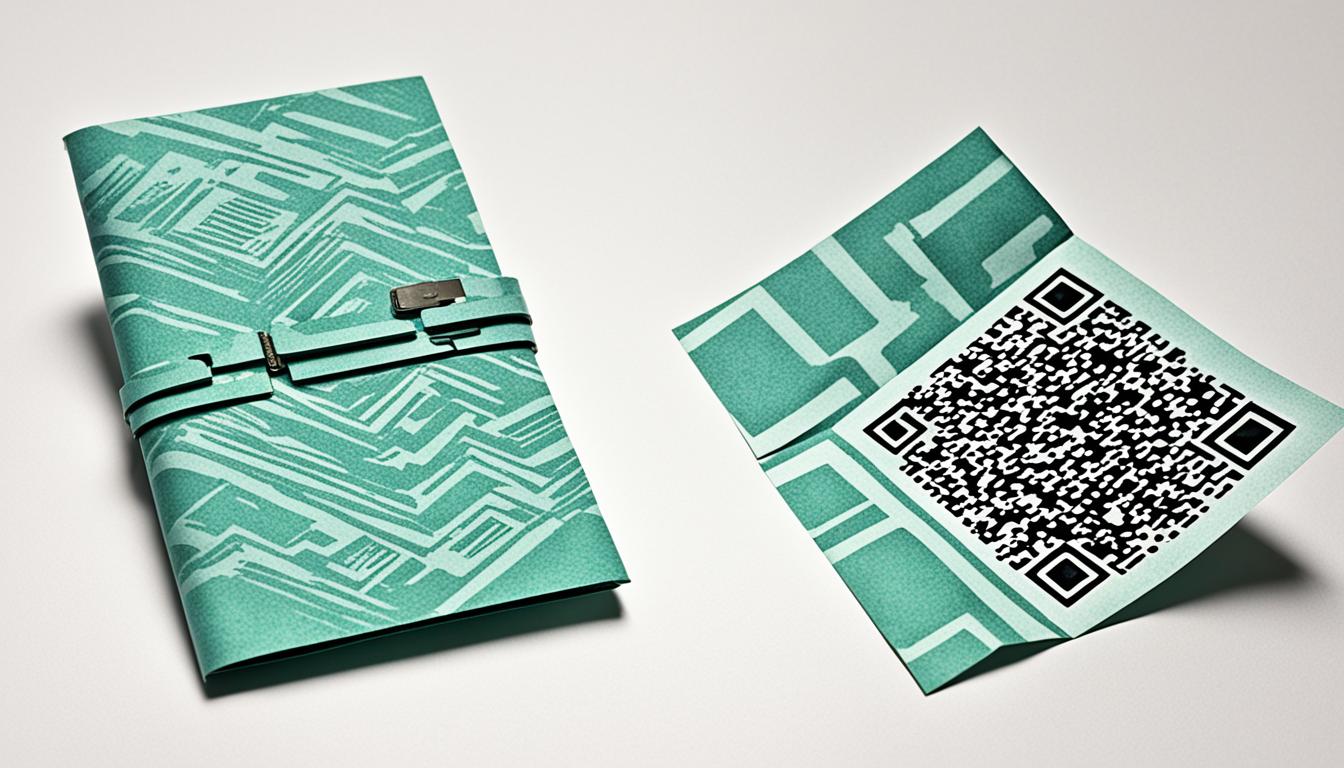A paper wallet is a printed piece of paper that holds your cryptocurrency’s public and private keys—often with QR codes for easy scanning. It was once a popular way to store crypto offline, keeping it safe from hackers.
While paper wallets were considered secure early on, they’ve fallen out of favor due to risks like damage, loss, and printing errors. Today, most people prefer hardware wallets, which offer better protection and ease of use. Paper wallets still work, but they require extra care to store safely and are no longer the go-to method for long-term crypto storage.

